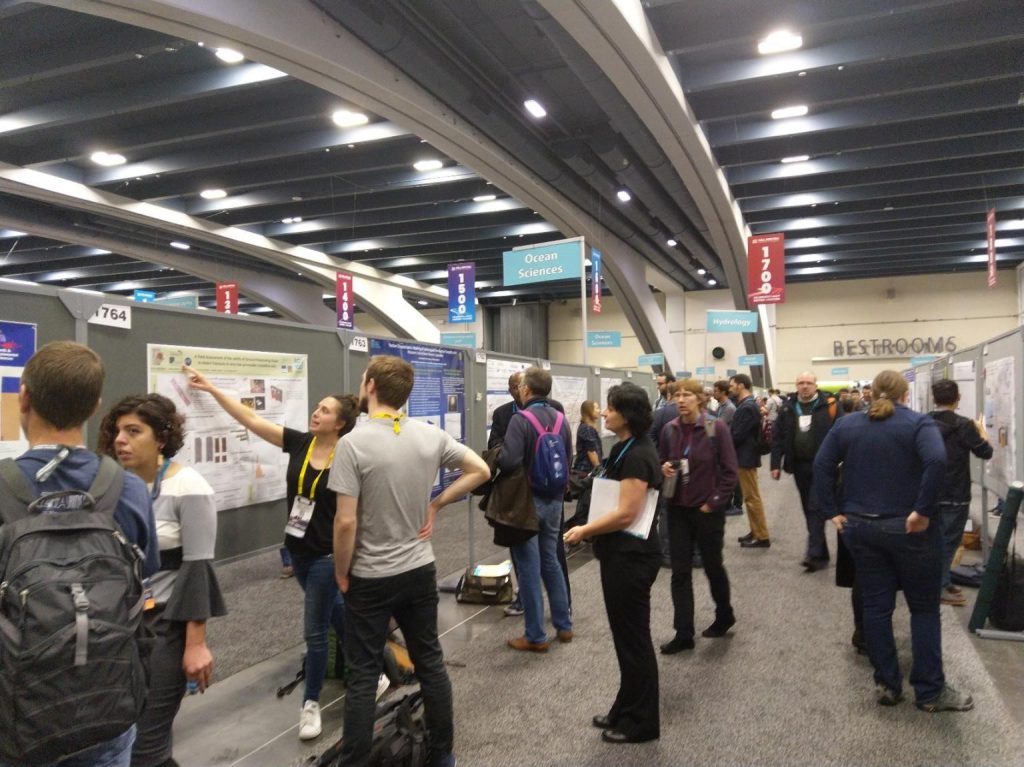in Geophysical Research Letters (August 2020)
by Richard Hoffmann, Pascal Goderniaux, Pierre Jamin, Eliot Chatton, Jérôme de la Bernardie, Thierry Labasque, Tanguy Le Borgne, Alain Dassargues
https://doi.org/10.1029/2020GL088944
Abstract
Transport in fractured media plays an important role in a range of processes, from rock weathering and microbial processes to contaminant transport, and energy extraction and storage. Diffusive transfer between the fracture fluid and the rock matrix is often a key element in these applications. But the multiscale heterogeneity of fractures renders the field assessment of these processes extremely challenging. This study explores the use of dissolved gases as tracers of fracture‐matrix interactions, which can be measured continuously and highly accurately using mobile mass spectrometers. Since their diffusion coefficients vary significantly, multiple gases are used to probe different scales of fracture‐matrix exchanges. Tracer tests with helium, xenon and argon were performed in a fractured chalk aquifer and resulting tracer breakthrough curves are modelled. Results show that continuous dissolved gas tracing with multiple tracers provide key constrains on fracture matrix interactions and reveal unexpected scale effects in fracture‐matrix exchange rates.
More on ESR11 research project

